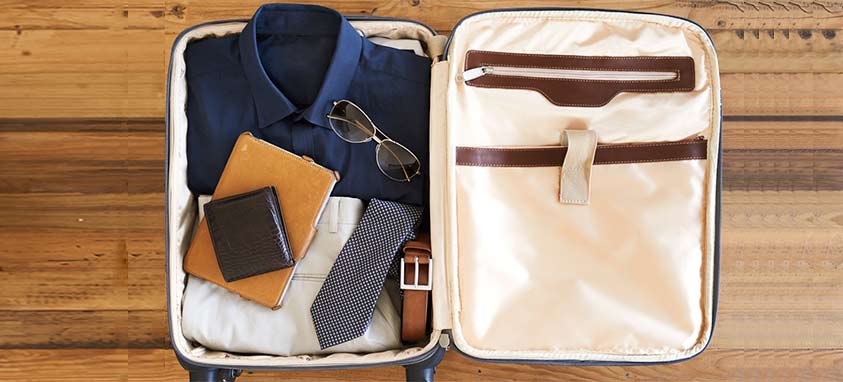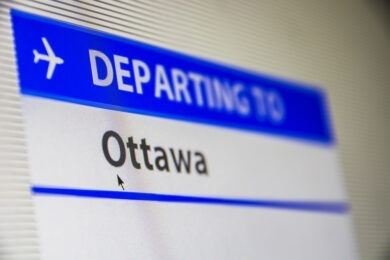December and January are notoriously the worst months for delayed and lost luggage on planes in the United States, but by taking additional precautions, travelers can minimize the problem.
During those two winter months, snowstorms and other bad weather result in more delays and suitcases missing connections, and many infrequent travelers fly and check in multiple bags.
Travelers can help avoid lost and delayed luggage by printing out a copy of their itinerary and putting it inside bags, as well as by arriving at the airport early enough to assure they will get bags on the plane.
Delta and American Airlines allow passengers to track their own luggage. Delta was the first U.S. airline to do so, first on its website in 2011 and on its mobile app the following year. Bags are scanned when they’re dropped off, loaded onto a plane, put on a connecting flight and then placed on a carousel at baggage claim. In August, American Airlines began providing baggage tracking information on its website, and it will eventually be included in its mobile app.
During the first nine months of this year, 3.3 bags for every 1,000 passengers didn’t make it to their destination on time, according to the U.S. Bureau of Transportation. This contrasts with 7.2 bags per 1,000 passengers in 2007, the peak in U.S. air travel. Globally, baggage mishandling has fallen 61 percent since 2007, saving the industry $18 billion.
Some airlines provide compensation when bags arrive late. If bags aren’t on the carousel within 20 minutes of a plane’s arrival at the gate, Alaska Airlines provides a $25 voucher for a future flight or 2,500 frequent flier miles. This year, Delta began offering 2,500 bonus miles to members of its frequent-flier program for bags arriving more than 20 minutes late.




